We caught up with the brilliant and insightful Kimberly Stein a few weeks ago and have shared our conversation below.
Kimberly, thanks for taking the time to share your stories with us today We’d love to hear about a project that you’ve worked on that’s meant a lot to you.
I have always been a strong believer in the power of public arts. Seeing murals on otherwise empty walls, painted man-hole covers or storm drains, sculptures large and small, along with temporary installations all stand as a reminder that we are here together in the same community. It was in this spirit that I signed on along with 40 other artists to paint a handmade bench that would sit outside businesses in our community throughout the spring and summer. The 40 benches are going to be auctioned at a live event November 11 to raise money for the Vienna Arts Society.
My particular design was intended to bring a smile to people’s faces. I wanted a bold and graphic interpretation of a dragon without it being scary. Because I was able make the design 3D by having additional pieces of wood to the top and the bottom to underscore the “S” shape of the dragon’s tail.
On the back of the bench I created the feeling of an asian vase with blue flowers, buds and leaves and vines. My thought was to create a feminine softness that balanced the boldness of the front design.
I kept the palette very limited to various hues of windsor blue and used only bold oranges and reds for the flames coming out of its mouth. I was able to find speciality paints that are highly reflective for the eyes and fangs of the dragon adding drama to the piece.
The biggest challenge for this piece was that it is 3 dimensional and the design needed to be seen from all sides. I used the shape of the bench to enhance the design and of course by adding the wood feature augmented the shape of the dragon’s tail which can be seen from 30 yards away.
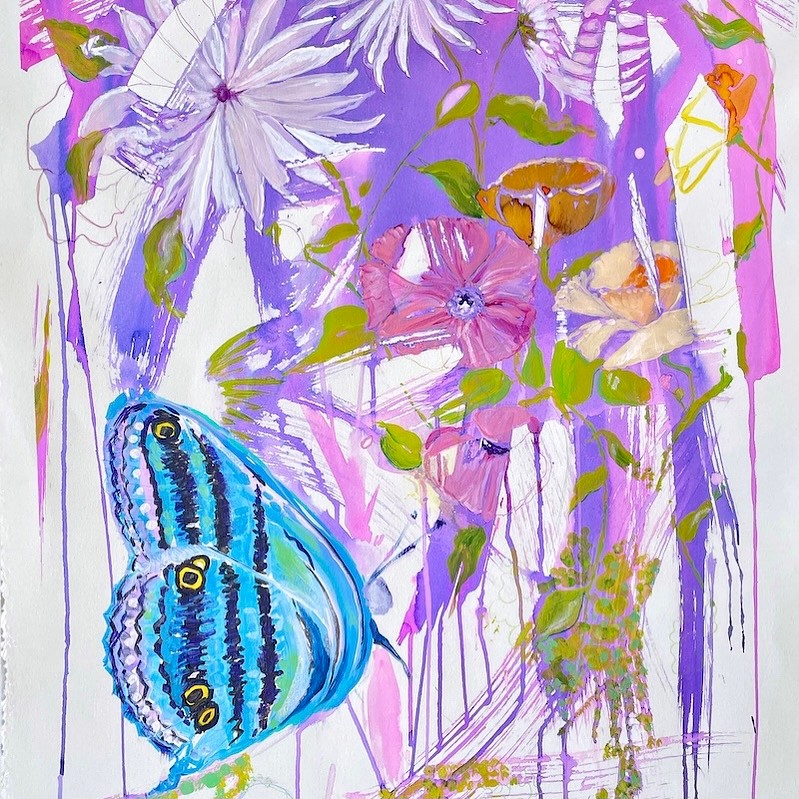
As always, we appreciate you sharing your insights and we’ve got a few more questions for you, but before we get to all of that can you take a minute to introduce yourself and give our readers some of your back background and context?
I have been painting for over 40 years and teaching for over 20. The process of creating something from nothing remains one of the most attractive parts of art for me. When I begin a piece I like to allow it to unfold as I work. Painting is a process that I take part in physically, mentally and emotionally. Sometimes I have no idea where piece of work will land up but I try to stay open to impulses and instincts that I have honed over the years that work their way into my process. I tend to take pictures along the way so that I can appreciate the process and be surprised as well.
Sometimes when I feel a piece is not working I will set it aside and look at it from different angles over sometimes many months or even years. Each work is a journey that has its unique set of composition, colors, shapes, tensions and meanings. Every piece of artwork should have at its core a focus. Finding and keeping the painting on focus is a critical part of my process.
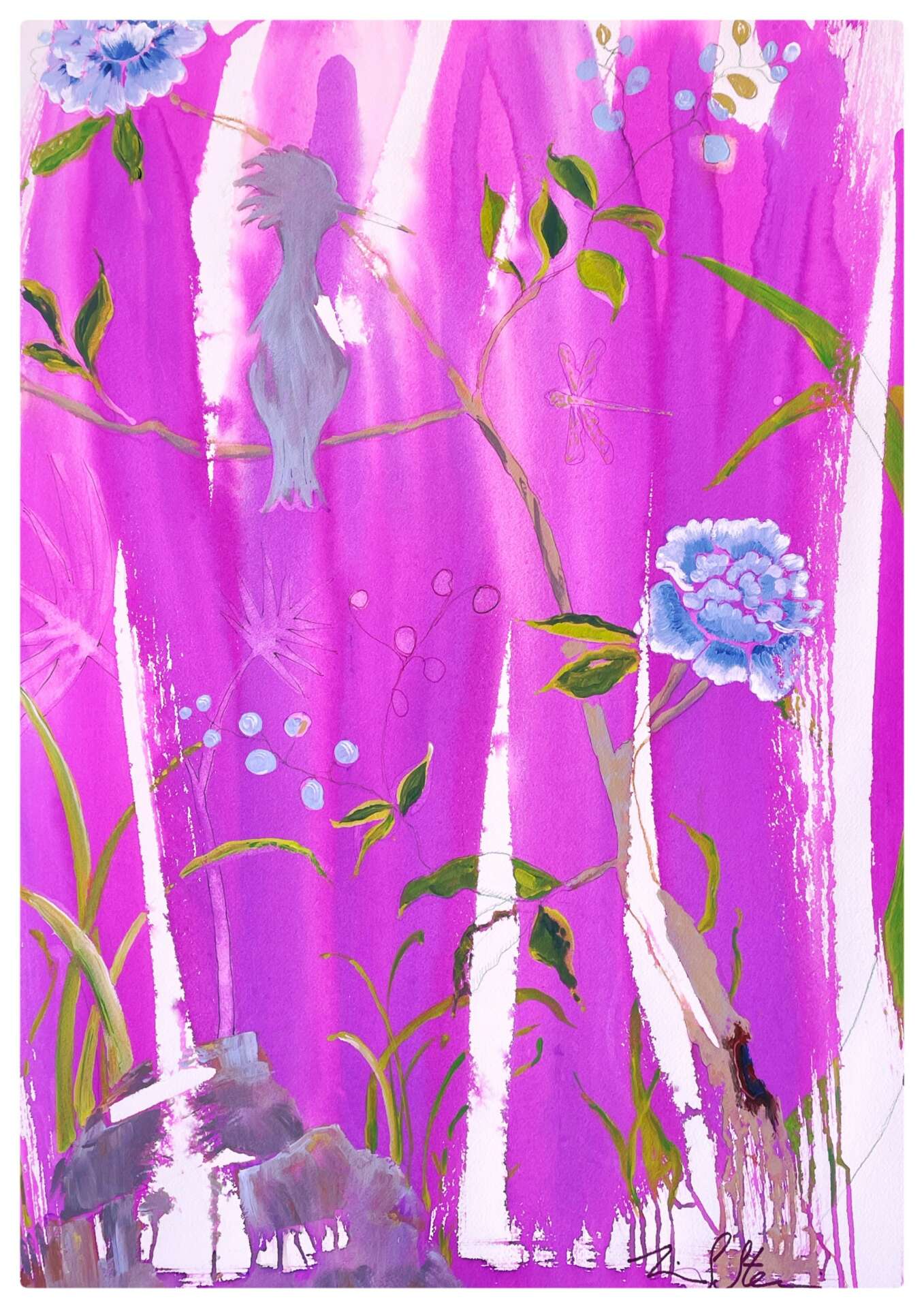
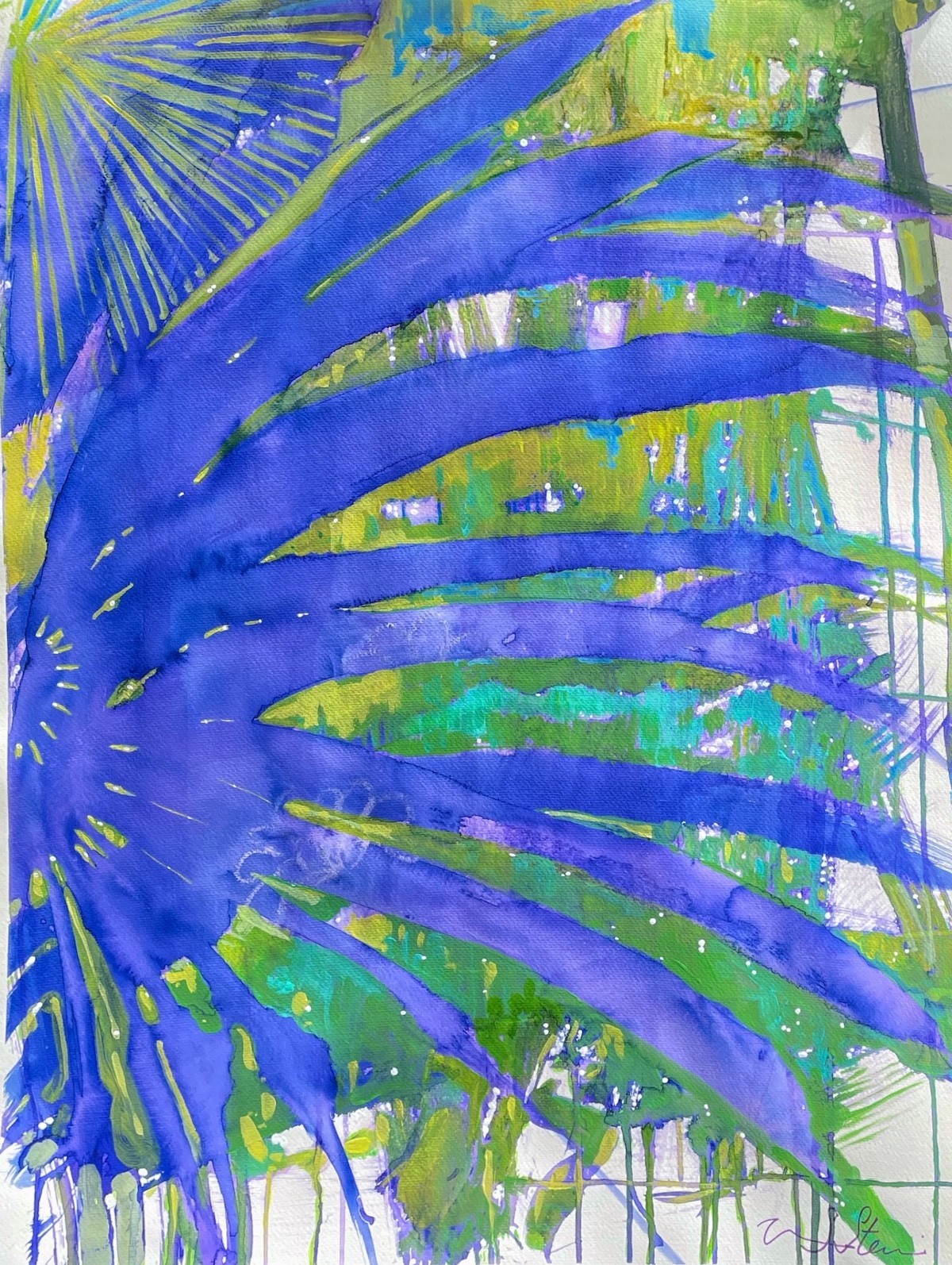
What do you find most rewarding about being a creative?
By far the most rewarding aspect of being an artist for me is the reaction people have to my art. Their day can be slightly improved by a piece that they saw and appreciated. My attempts to bring light and color into the world in a way that gives the viewer a slice of happiness, beauty or peace is the reward.
As a teacher by far the most rewarding aspect is watching students discover their own hidden talents and blooming creativity. When at the end of a class a student wants a pen so that they can sign their work I know that they are proud and satisfied with their piece.
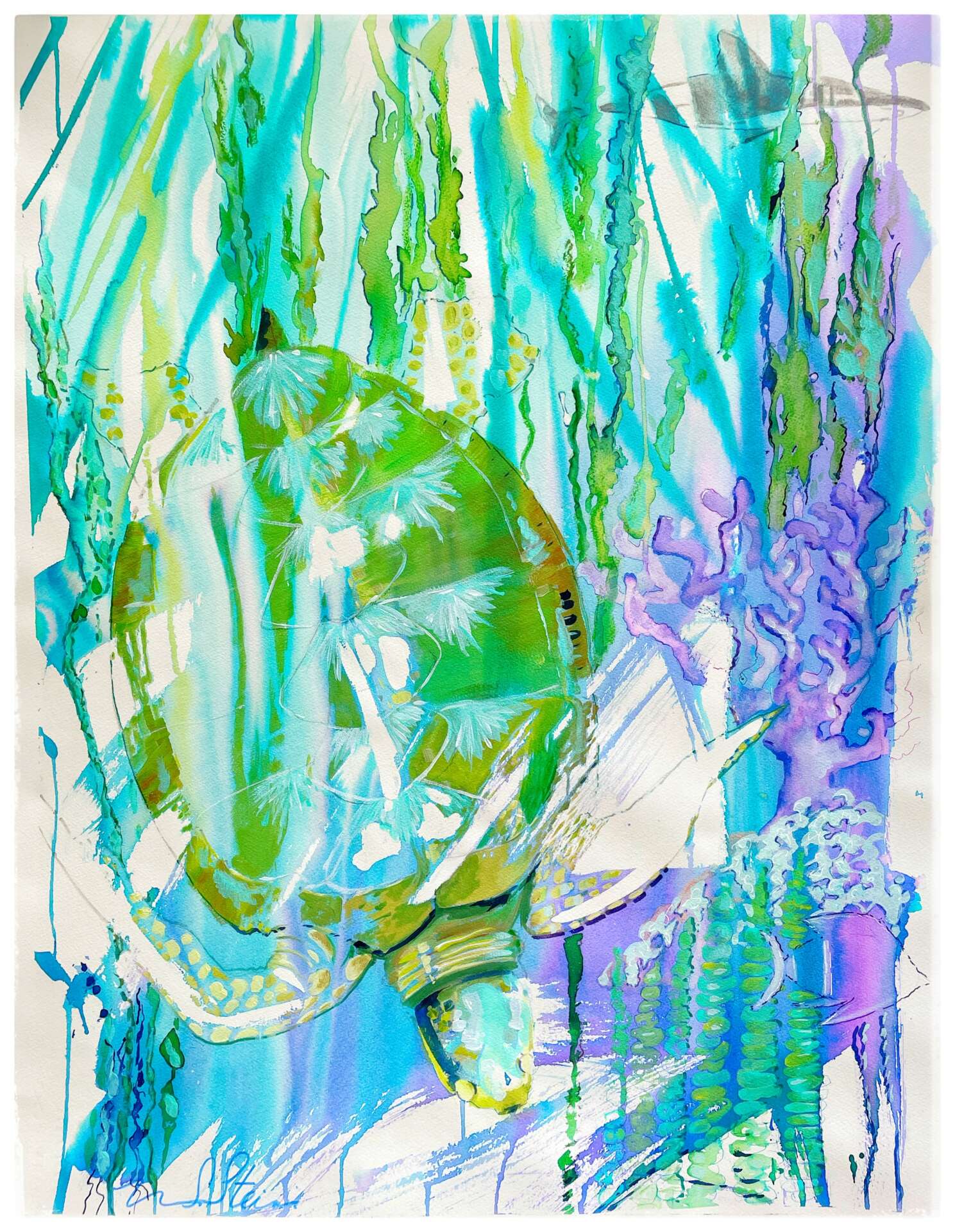

Learning and unlearning are both critical parts of growth – can you share a story of a time when you had to unlearn a lesson?
I had studied the cannon of American watercolor specifically Winslow Homer and his work in the Virgin Islands. The mission had been to learn the technique so well that I could craft a finely tuned copy of one of his pieces. I learned how he built up his washes, how he used gouache, how he sparingly used bright colors among many other things. I was immersed in Winslow Homer and his watercolor techniques. He set the standard and I tried to work to that standard. The study of Homer made me a better painter just not an original painter.
Then I had to unlearn all of those rules. My art was starting to look like everyone else’s. Nothing in my watercolors was original and unique. I could paint well and create an adequate watercolor using studied techniques but I felt a need to break free of that construct. So I decided to come up with some of my own rules and some of my own techniques that would create a signature style that would be unique.
Today, people are able to pick my work out of a gallery full of paintings because of the unique style that I set out to create. I took the rules and remade them to suit my thoughts and purpose. It has been an interesting and challenging journey creating something new and original.
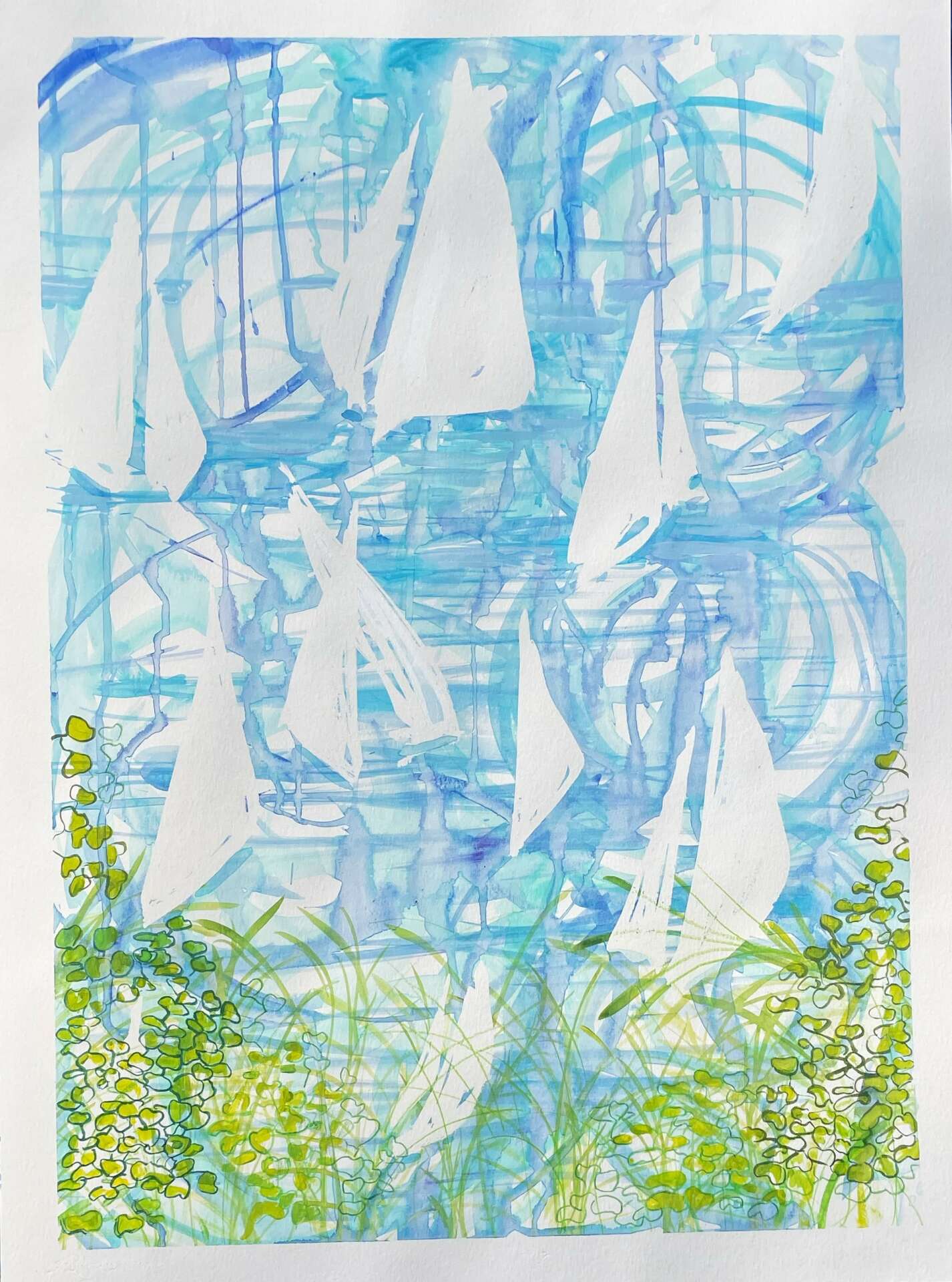
Contact Info:
- Website: www.kimberlysteinstudio.com
- Instagram: @kimberlysteinstudio
- Facebook: Kimberly Stein Studio
- Linkedin: Kimberly Stein
Image Credits
Kimberly Stein


